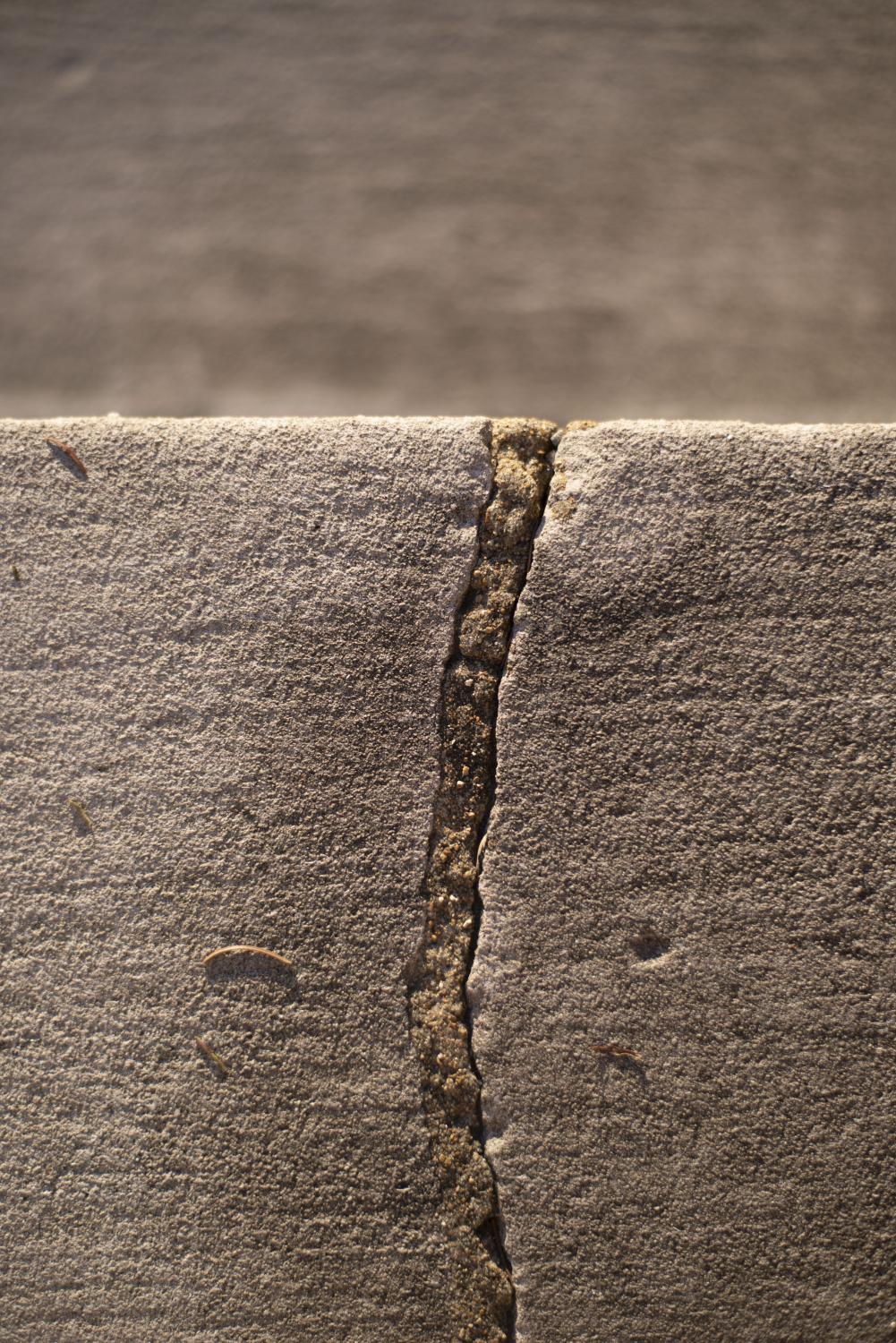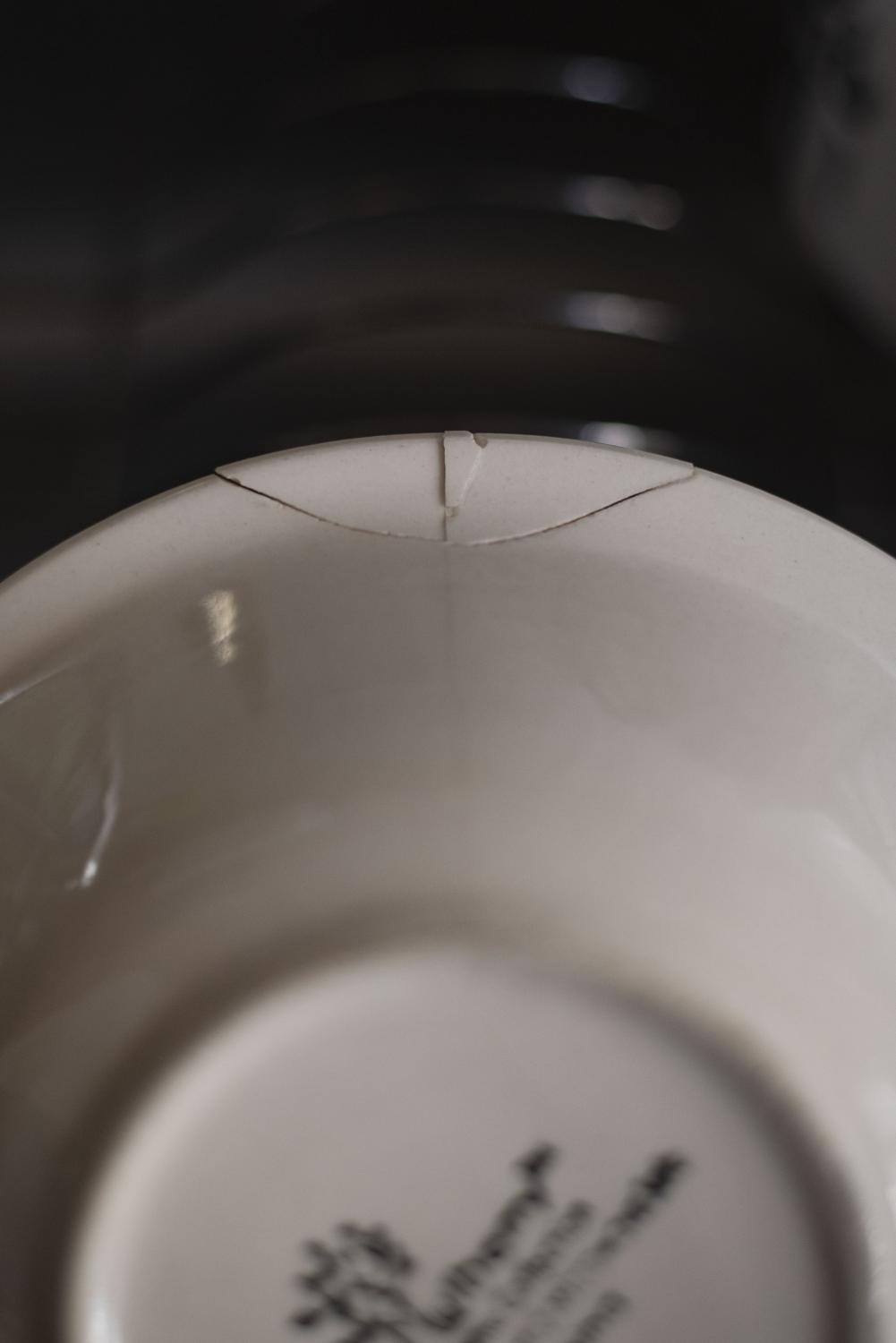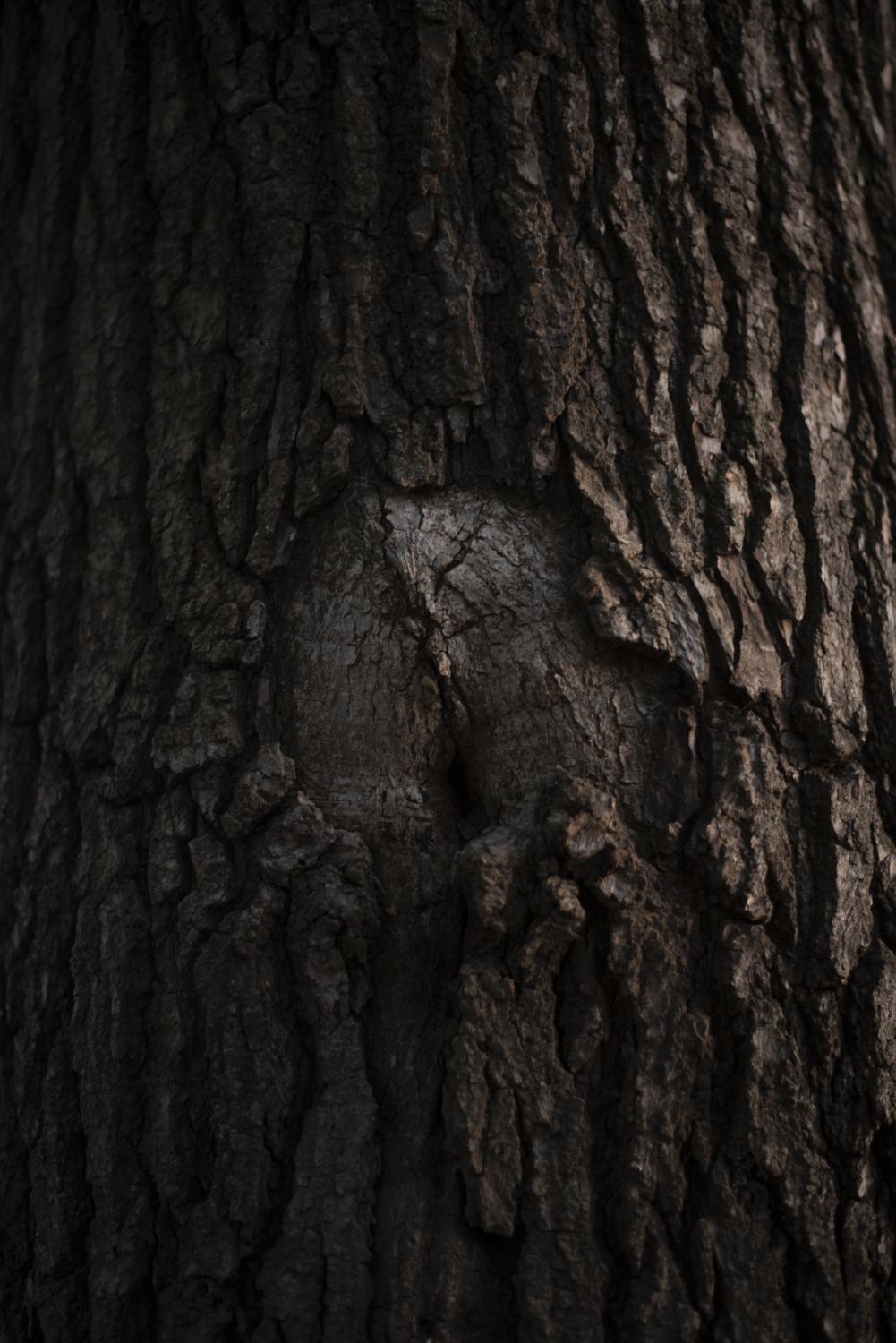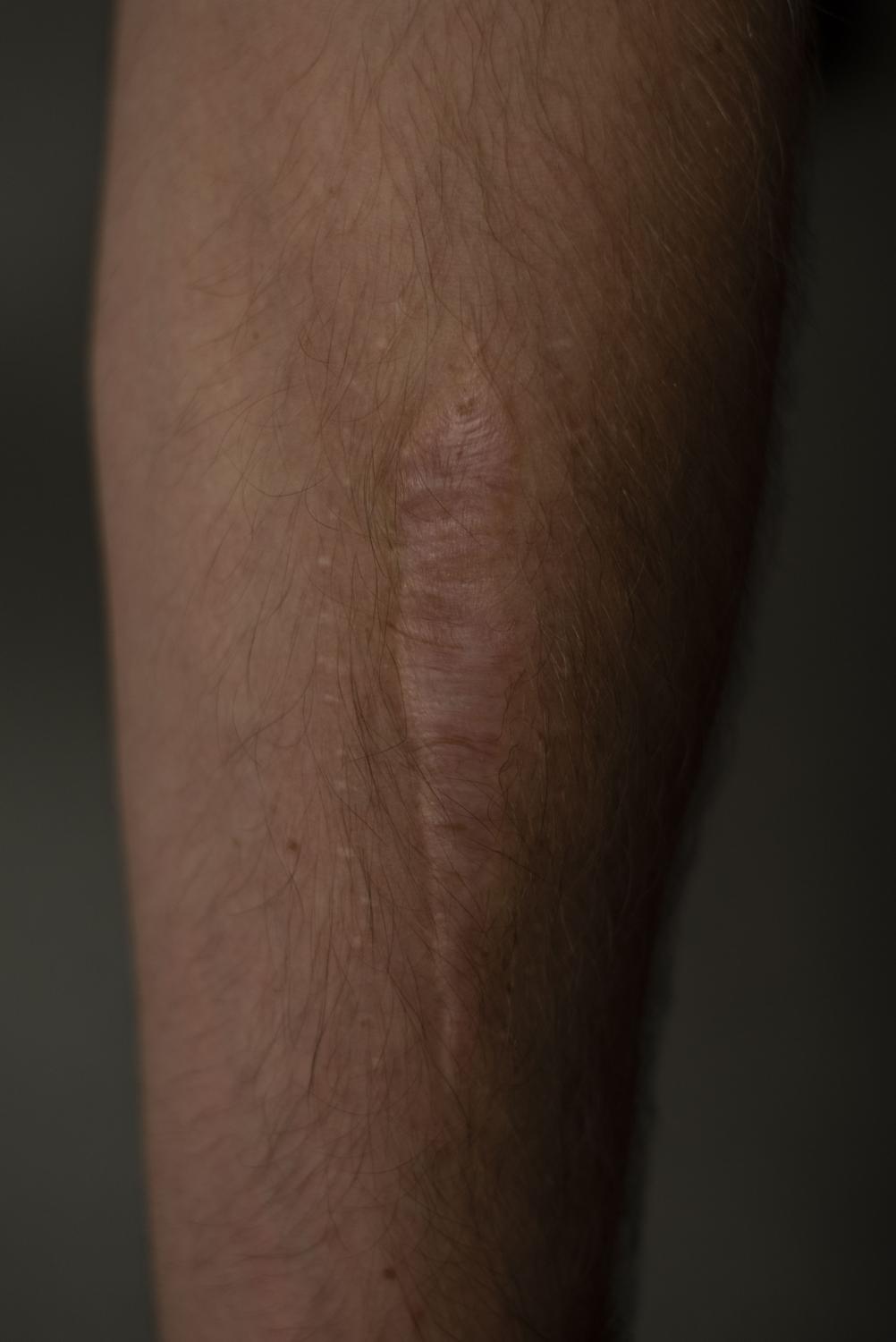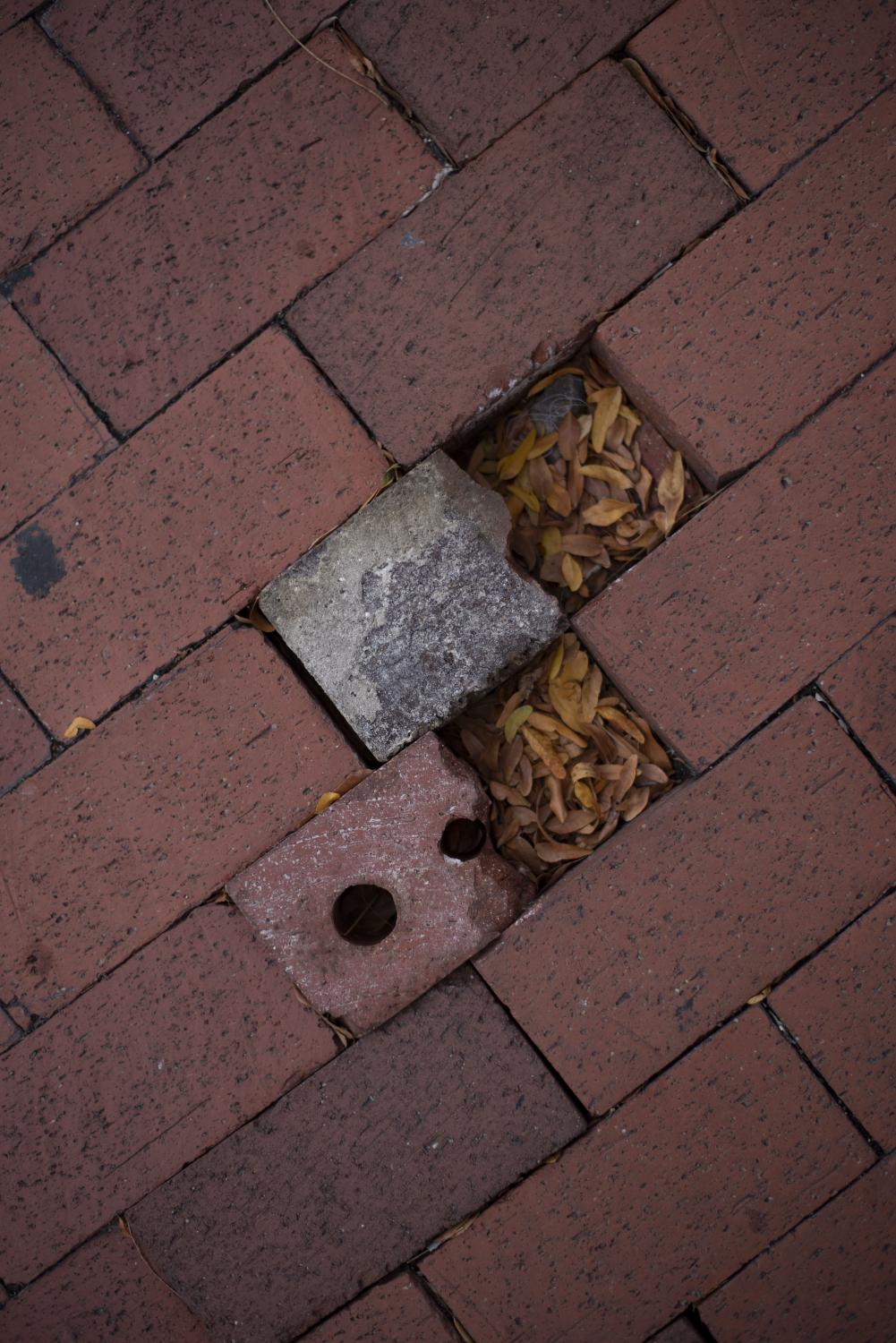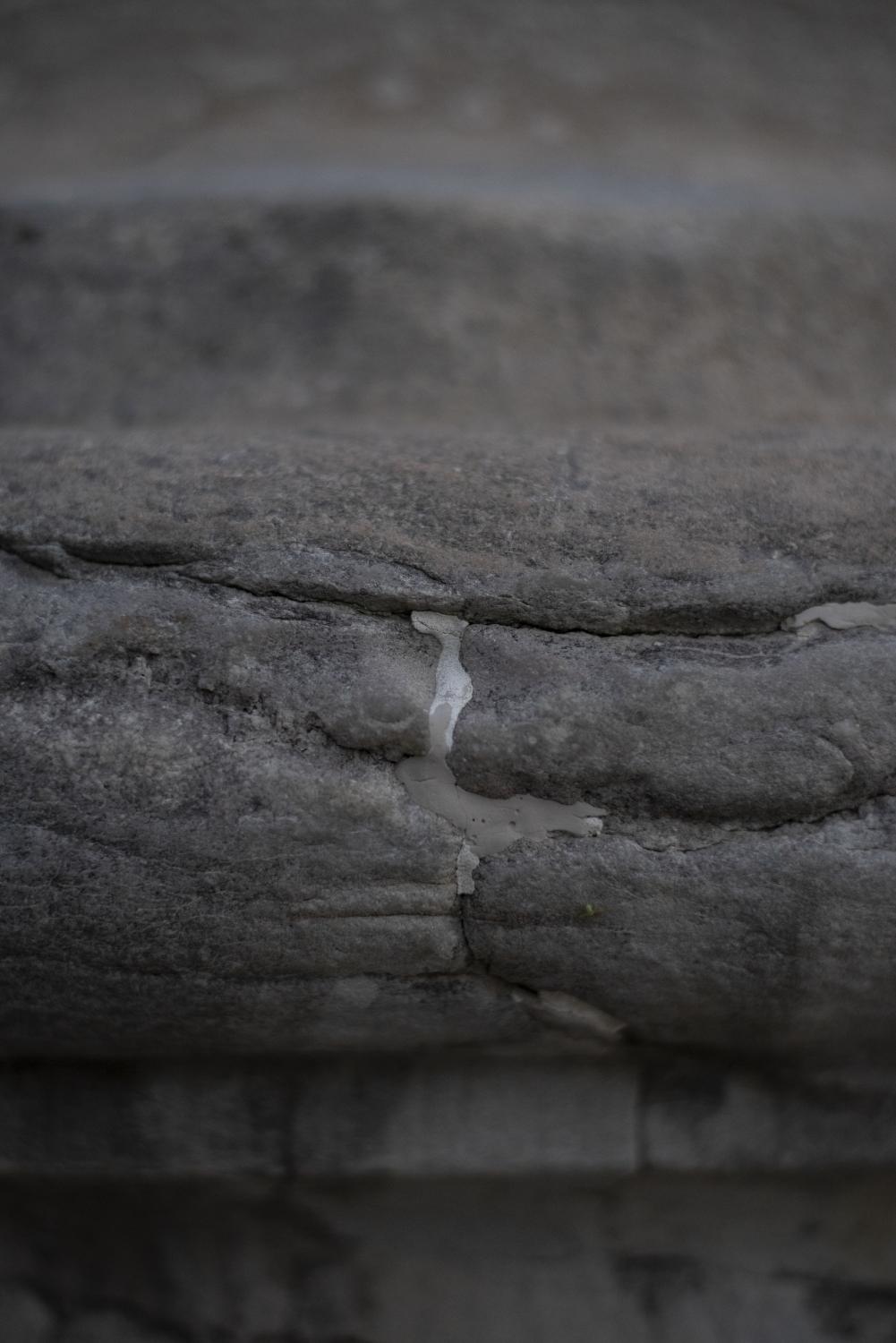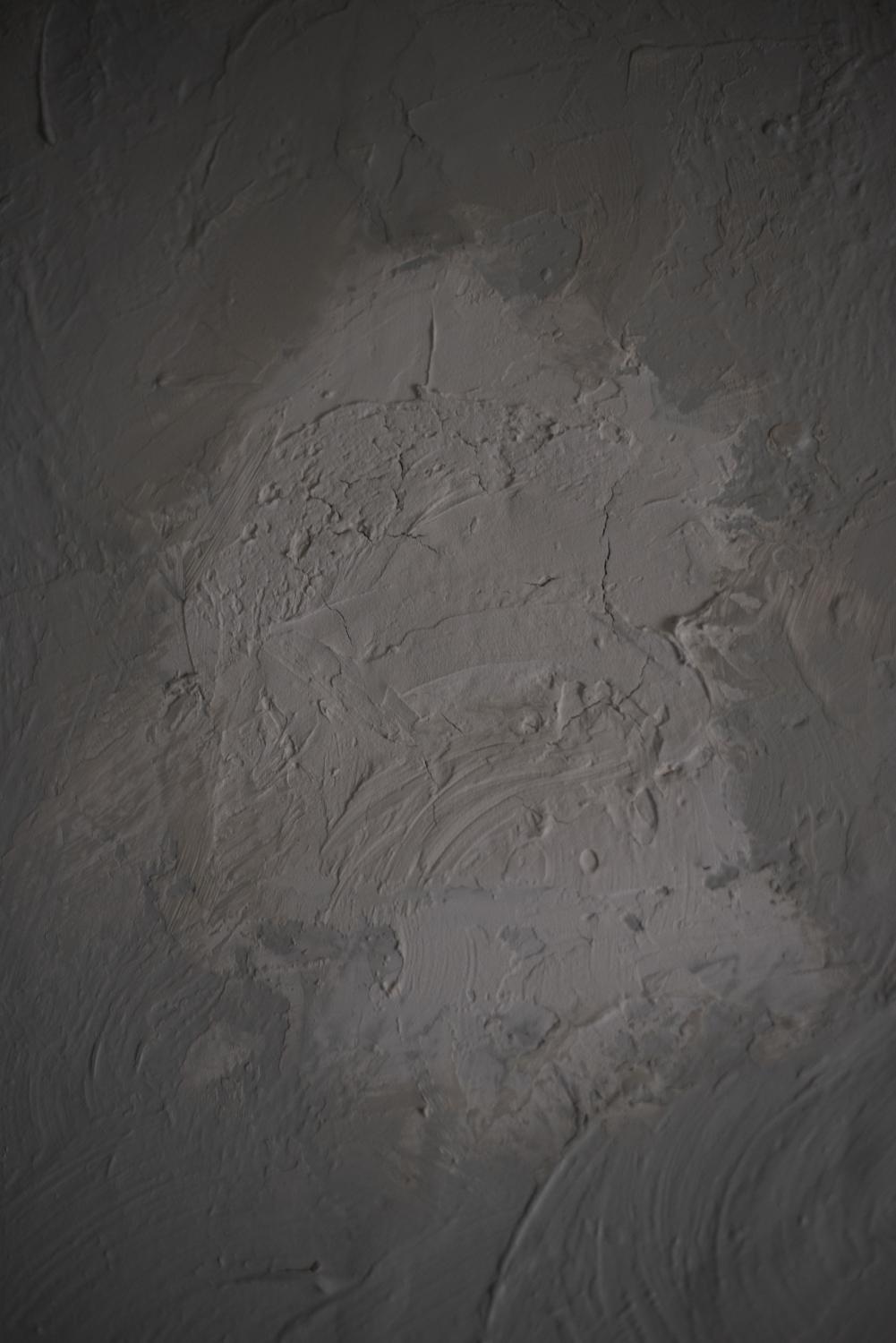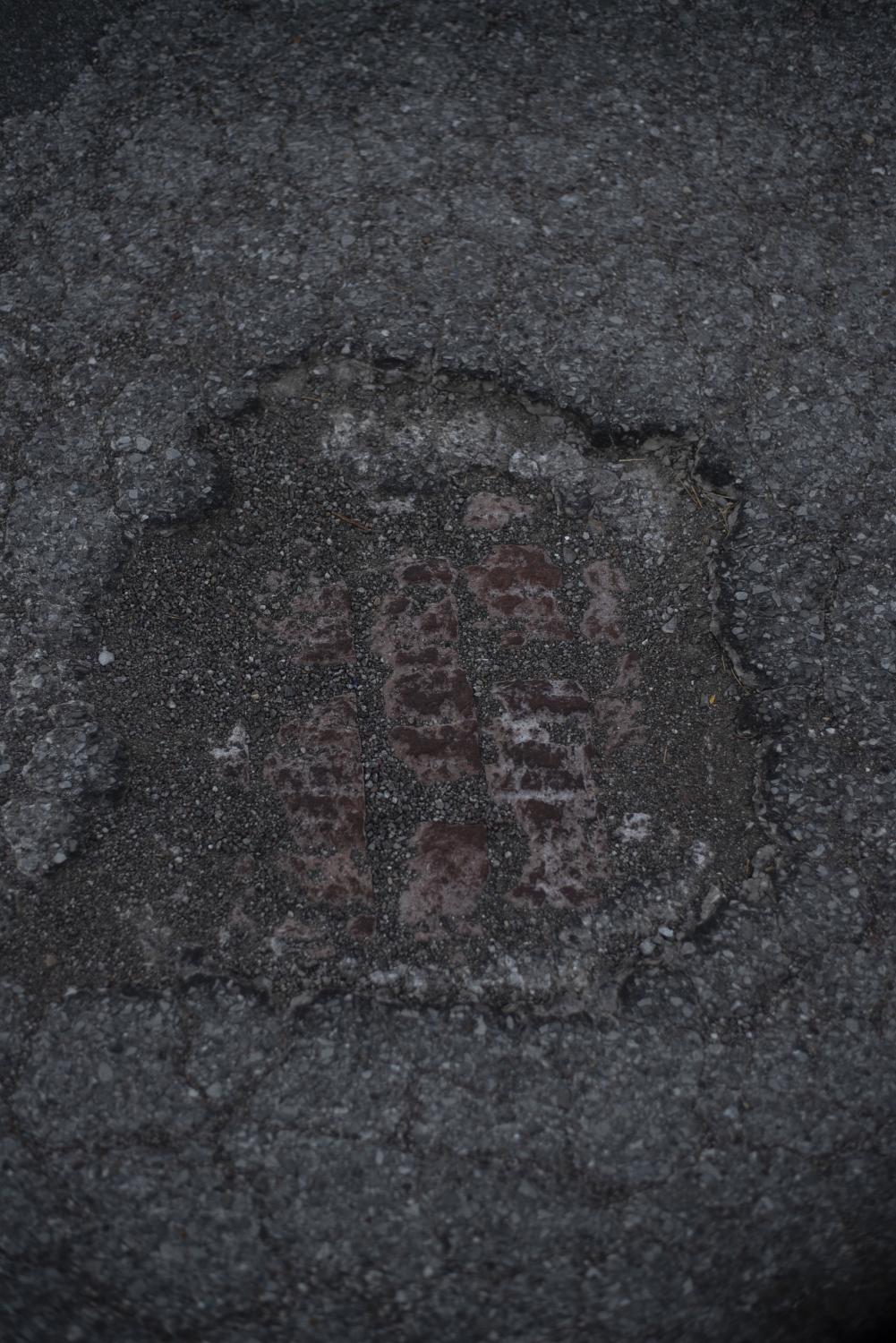News
Final: Unified
emmalee reed
Oct 14, 2020
uni·fied | \ ˈyü-nÉ™-ËŒfā«d \
: brought together as one
A whole object is hard to notice. We expect our things to be complete and unbroken. A wall without a crack. An arm without a scar. A plant without a tear. Though these objects are uniform, they are not quite unified. The definition of unified places emphasis on the state of being brought together as one. This definition requires separate pieces, a break, a tear or a whole. This essay focuses on this idea of wholeness by centering objects that had once been complete but were then broken and ultimately brought back together again. Mended or healed, patched or repaired. Unified.
Captions:
1. A crack in the concrete is filled with foam.
2. Chips in a bowl are restored to their homes with super glue.
3. Bark grows around a gash in a tree trunk.
4. Scar tissue mends a wound.
5. Missing brick halves are replaced by fallen leaves.
6. Sealant fills a crack in a column.
+ 2 outtakes
Self-evaluation:
When I first received my word, I had no idea what I was going to photograph. I was also bummed because I felt like some of my classmates had cooler words than I did. After thinking a lot, I decided to go with the idea of unified as a newfound wholeness, which added a bit more depth to my essay. Mine might not be hard-hitting or deep, but it is sort of interesting.
One thing I struggled with was finding things that were broken but then repaired that represented Columbia as a town. This is where my project falls short from the assignment. Because I wanted to work with details, it was hard for me to photograph Columbia landmarks in a way that was recognizable. I also had a hard time finding landmarks that fit my project but were also iconic. I am still not sure how I would find those sorts of landmarks — if they are out there — but having a stronger tie to Columbia would help this essay a lot. The objects in the photos are all in Columbia, some even part of the city’s infrastructure, but this is a looser connection than I would have liked.
Overall, though, I am happy with how these photos turned out. Despite the tenuous tie to Columbia and their un-profound-ness, I think they are simple and interesting and fun to look at. My mom always judges whether art is good or not based on if it makes her think. I am pretty sure this essay would make her think.
